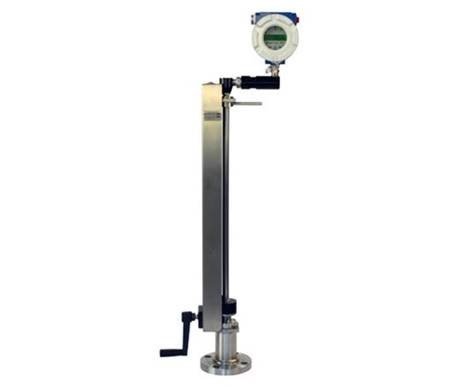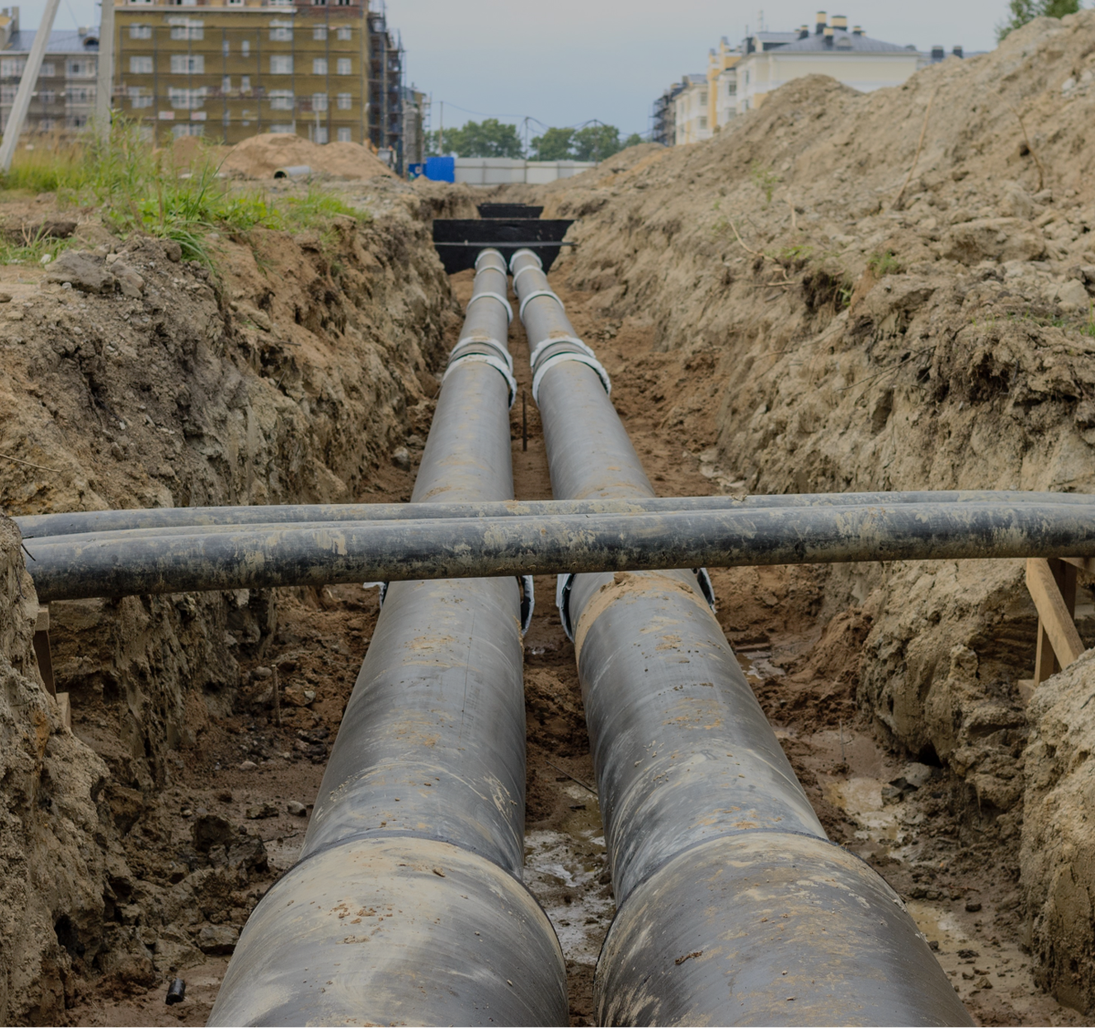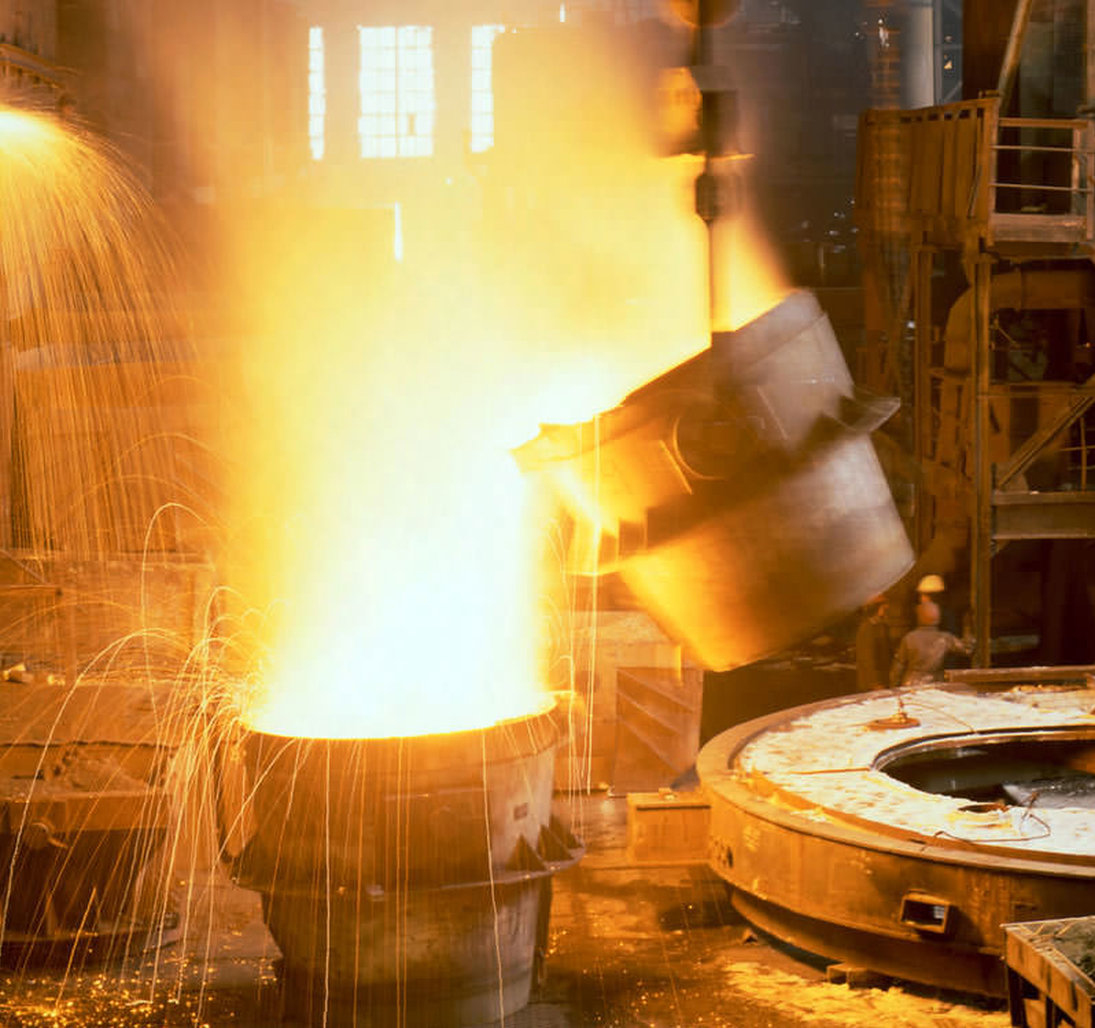Widely chosen by customers for its reliability and accuracy, the vortex flowmeter also serves as a standard for steam applications due to its ease of installation and low maintenance costs. Where other meter technologies struggle in difficult high-pressure and high-temperature environments, the vortex flowmeter offers a wide range and a low pressure drop, making it a top choice for flow professionals.
Our PanaFlow vortex meter offers a multivariable design that contains shedding velocity with RTD temperature sensors and a solid-state pressure transducer for measuring mass flow rate of steam, gases and liquids. The accuracy of these meters enables velocity, temperature and pressure to be measured at the same location.
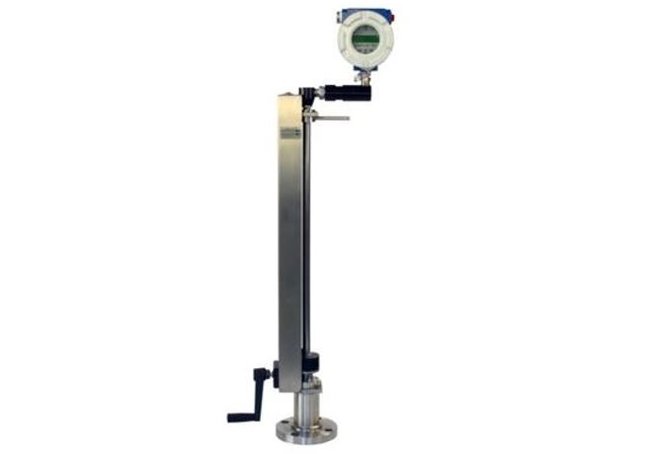
MV82 Vortex Flowmeter
The PanaFlow MV82 insertion mass flowmeter is a multivariable vortex flowmeter for measuring volumetric flow, temperature, pressure, density and mass flow. It offers an advanced design and digital signal processing to isolate vibration. This meter is accurate, reliable and cost effective for measuring any process flow.
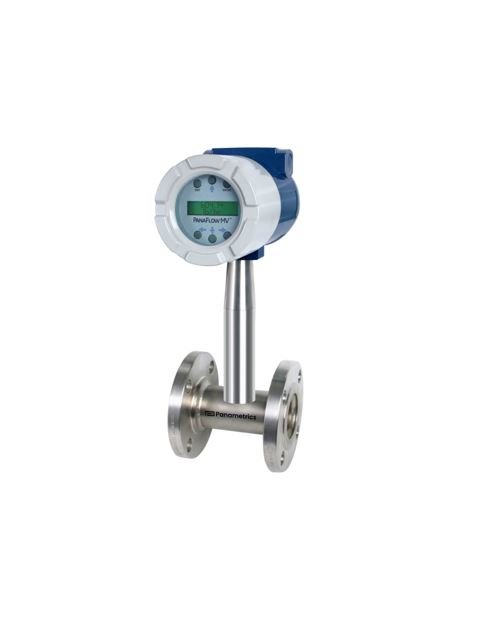
MV84 Vortex Flowmeter
The PanaFlow MV84 is a cost effective and accurate inline vortex flowmeter that saves you time and costs by measuring flow, temperature, pressure, density, energy and mass in a single meter, with no need to recalibrate for most gases, liquids and steam.
Can the pressure and temperature data be sent back to the control room?
Yes, the pressure and temperature can be sent back to the control room with any of the digital communication options (HART, Modbus, or BACnet).
What are the available insertion lengths for the vortex meters?
If using the standard nozzles and valves, the typical recommendation is:
- Compression probe seal -> compact length
- Packing gland seal -> standard length
If a custom nozzle or valve is required, please review the manual for stem length and recommendation between a compact, standard, and extended length.
See example for a compression installation from the manual.
Are there special power requirements for BACnet protocol?
The vortex meters have the following power options.
- DC2: 12-36VDC (2 Wire Loop – Use 1AHL Only)
- DC4POE: 12-28VDC or Power over Ethernet (5Watts max.), TCP/IP option only
- DC4: 12-36VDC (4 Wire)
- AC: 100-240 VAC, 50/60Hz
For BACnet, you can not use the loop power option.
For BACNet/MSTP, select either DC4 or AC power.
For BACNet/TCPIP, select DC4POE or AC.
Do vortex meters account for the background vibrations & noise?
The vortex meters by design and signal processing do take into consider background vibration and noise.
Two sensors are installed in each velocity tag to prevent common cause noise such as background vibration. Also, based on programming, the meter isolates the expected signal location to focuses on the true vortices frequency.
Is there any chance for pressure drop in Vortex?
Yes, the vortex meter will cause a pressure drop and the amount is detailed in the vortex sizing program.
How does using a reducing flange effect the accuracy and the upstream piping for a vortex meter?
The same accuracy and upstream piping conditions apply.
What is the upstream and downstream requirements?
- Liquid: 10D upstream and 5D downstream
- Gas: 20D upstream and 10D downstream
- Assumes simple disturbance… see chart and manual for details.



